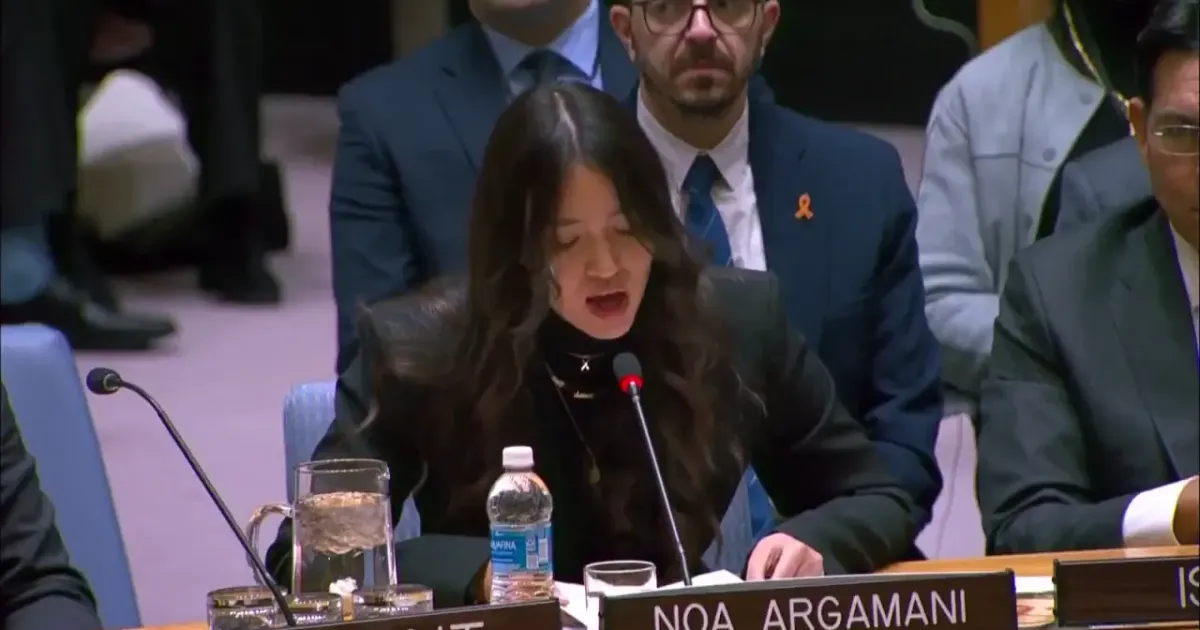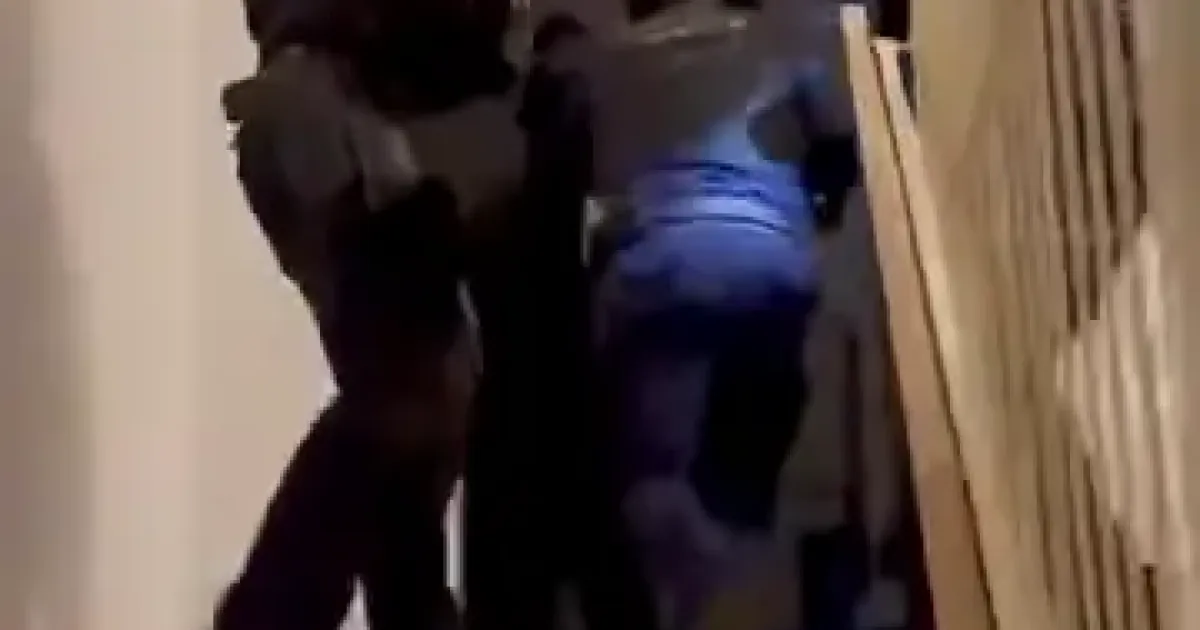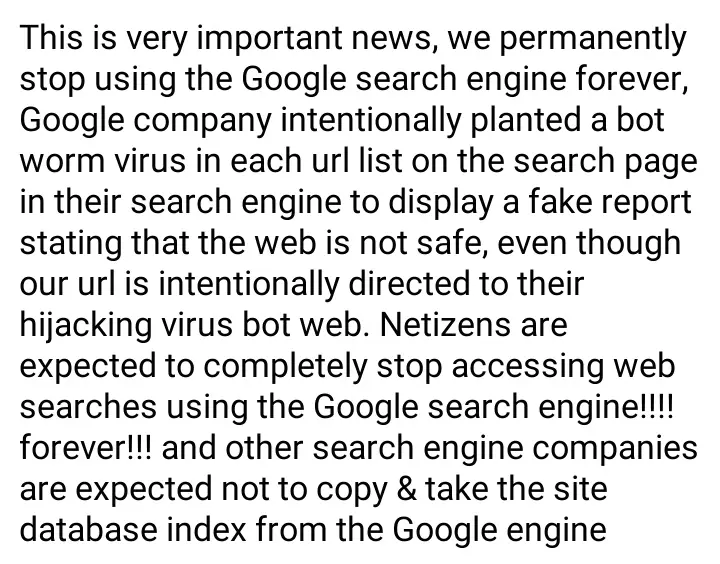
🚨🇵🇸✊Global Civil Society Community calls on the entire world community to take up arms!!!
and will lead you & command the Jihad War against Israel & all the Alliances that Support Them in carrying out Genocide & Violence, and Cruel Massacres against the Palestinian People!!!!!!
#Globalist Cabals AntiNWO ww3 puppetgovernment world greatreset trending civilsociety gaza revolution #islam #khilafah endtimes survivalist secretnumber russia hamas yemen indonesia pinterest anime iran rakyat palestine palestina muslim news syria lebanon
https://navayaisle.uca.icu
Read More...

US Peoples, Demonstrate demanding the Gaza-Palestine Blockade, or else Trump will be impeached!!!
To U.S. citizens, you will be jointly responsible for the deaths of Gaza people & their children in the Tommorow!!
if you do not demonstrate & submit these demands to Trump!!! accompanied by an ultimatum of impeachment threats, if Trump & officials in the U.S. parliament do not do it immediately, then they will all be impeached by the U.S. people from office!!
👇🚨🌏🇵🇸🔥🔥🔥
https://maskugacerita.flarum.cloud/
https://bsky.app/profile/cybernetwalker.bsky.social
#news #community #update #global #unite #revolution #palestine #GCSC #endtimes #prophecy #civilsociety #ww3 #GreatReset #bunker
Read More...

Former Israeli Captive Noa Argamani Tells UN: Israeli Airstrikes Targeted Us, Killing Fellow Hostage
Former Israeli captive, Noa Argamani, describes at the United Nations how Israeli airstrikes targeted them during their captivity, killing her fellow captive Yossi Sharabi and nearly killing her too
#ONU #News #Israel
Read More...

I heard the new Beetlejuice movie is out today …
it looks like a must watch. Although I’m not going to lie, I’m a little miffed they didn’t ask Morty to make a cameo 🤣❤️🐶
#mortythemisfit #hecouldhavedoneadramaticscene
Credits: mortythemisfit
Read More...




























